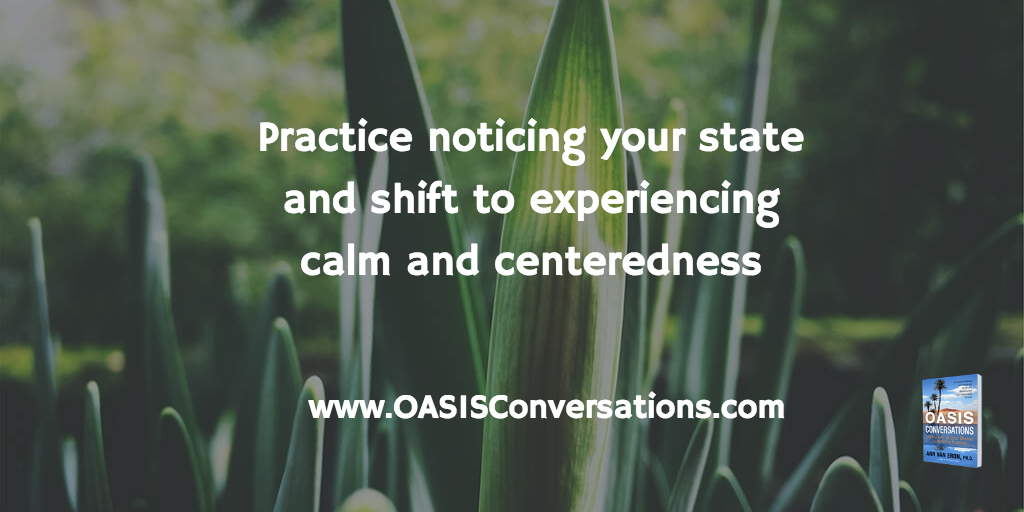
“Don’t ask what the world needs. Ask what makes you come alive, and go do it. Because what the world needs is people who come alive.” —Howard Thurman
What supports you in experiencing aliveness?
So many of my executive clients, colleagues in organizations and others I meet report feeling stressed and disconnected these days. It is not surprising. Most organizations are experiencing disruption and change is a constant. Often companies are cutting resources yet more and more is required. There is a sense of unease and polarization both in organizations and everywhere. Our daily news is filled with challenges and conflict.
People want to shift from feelings of scarcity and stress and to create more connection and possibility. Yet most don’t know how to do so. We are all influenced by our environments. How do we change cultures to allow more connection and innovation?
Leaders need to start with themselves. They need to make it their intention to create positive and productive environments—even one interaction at a time.
It is worth the investment in paying attention to your experience and then recalling your commitment to create an innovative and inclusive environment. Yes, this does mean slowing down a bit to become aware and to really see your colleagues and to listen. It means catching yourself when you feel competitive and want to win over someone. By being self-aware and making small shifts in our interactions, people start to feel heard and seen and more alive, and then they relax a bit too and are more apt to bring forth new and creative ideas.
Leaders can ask themselves, “Am I open to possibilities and experiencing aliveness?” It is useful to develop a small practice or habit to keep focused on your intention. Perhaps you appreciate your situation and colleagues as you travel to work. You may take a walk, enjoy nature or a hobby, breathe deeply or listen to an inspiring podcast. You can share your goal to listen and create an open-minded atmosphere with a friend or a coach and reflect on your progress.
As we make the intention to be alive and open and engage in meaningful conversations the climate begins to change. Changing the culture involves supporting others in also being more open and addressing the systems and norms of the organization to be supportive and aligned.
Renew your intention of creating a positive and productive environment and start with noticing and nurturing aliveness in yourself.
Contact us anytime.



 No doubt, we are each experiencing a range of emotions as we go through disruption and change after a heated and polarizing election. No matter whether you are experiencing anxiety or joy, it is valuable to make it a practice of noting your emotions and not making them wrong.
No doubt, we are each experiencing a range of emotions as we go through disruption and change after a heated and polarizing election. No matter whether you are experiencing anxiety or joy, it is valuable to make it a practice of noting your emotions and not making them wrong. We are in the midst of change in our country, world and in our lives. We have learned that change is a constant and we have successfully adapted to many changes with technology, political shifts, family changes and aging. Even so, change is not easy.
We are in the midst of change in our country, world and in our lives. We have learned that change is a constant and we have successfully adapted to many changes with technology, political shifts, family changes and aging. Even so, change is not easy. Examine your assumptions, emotions, and background before choosing what to share with others. Internally, we process what we observe, making sense of it, and then select an action or response. Sometimes, this process happens very quickly. We may feel we don’t have a lot of choice about our actions, particularly when we have a strong emotional reaction.
Examine your assumptions, emotions, and background before choosing what to share with others. Internally, we process what we observe, making sense of it, and then select an action or response. Sometimes, this process happens very quickly. We may feel we don’t have a lot of choice about our actions, particularly when we have a strong emotional reaction.